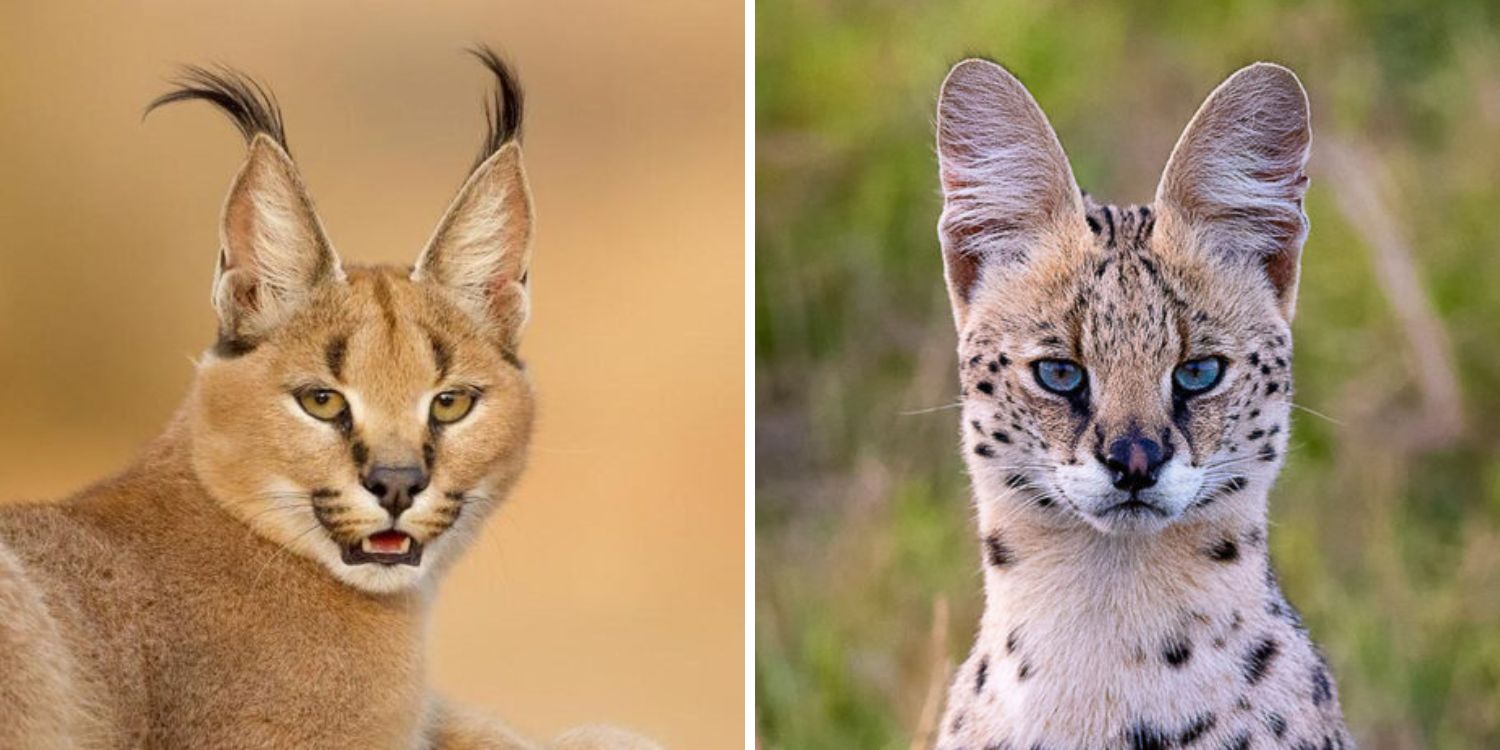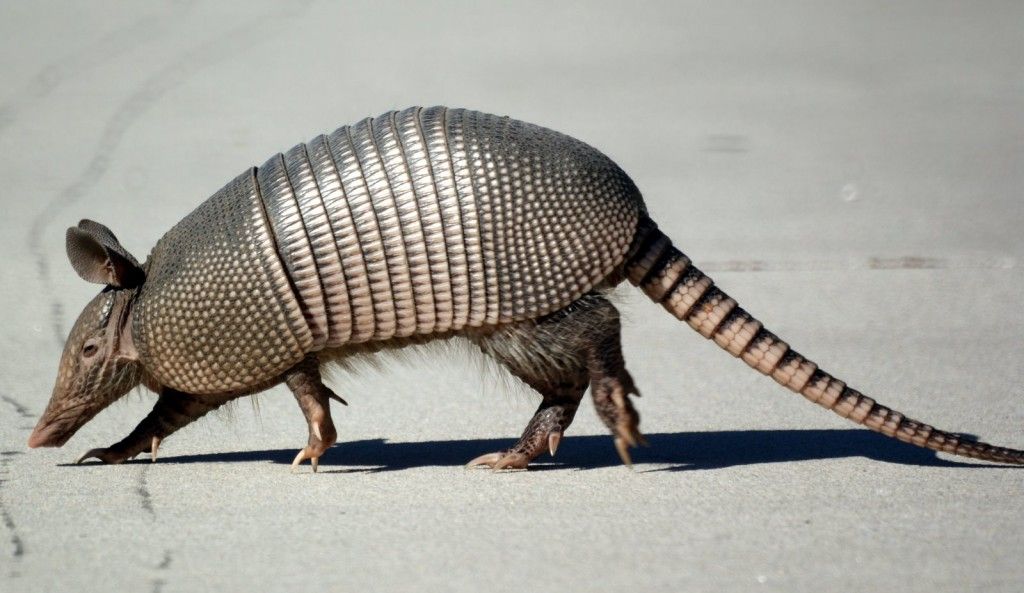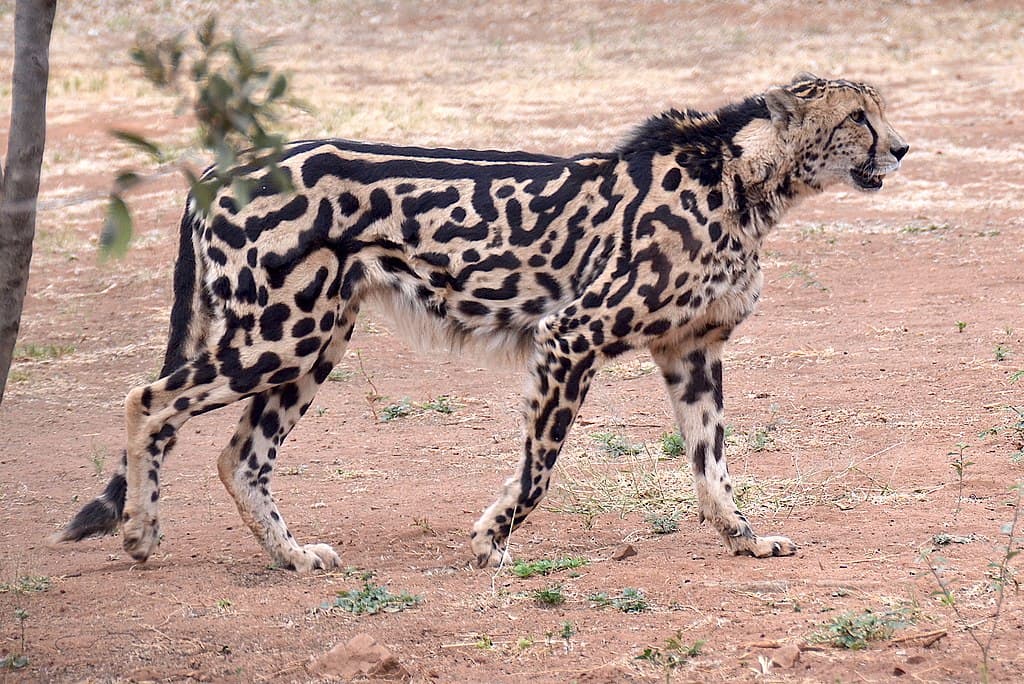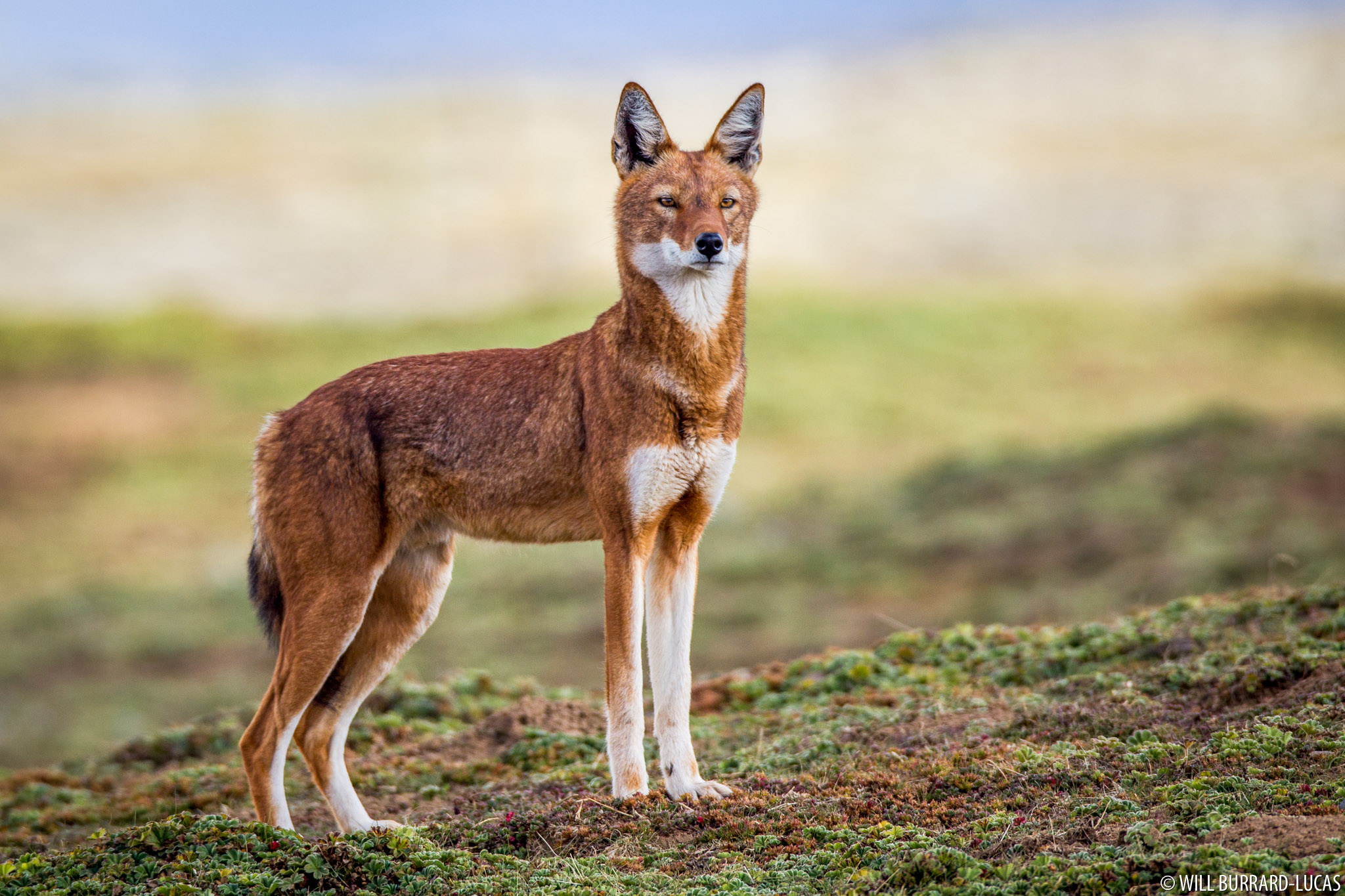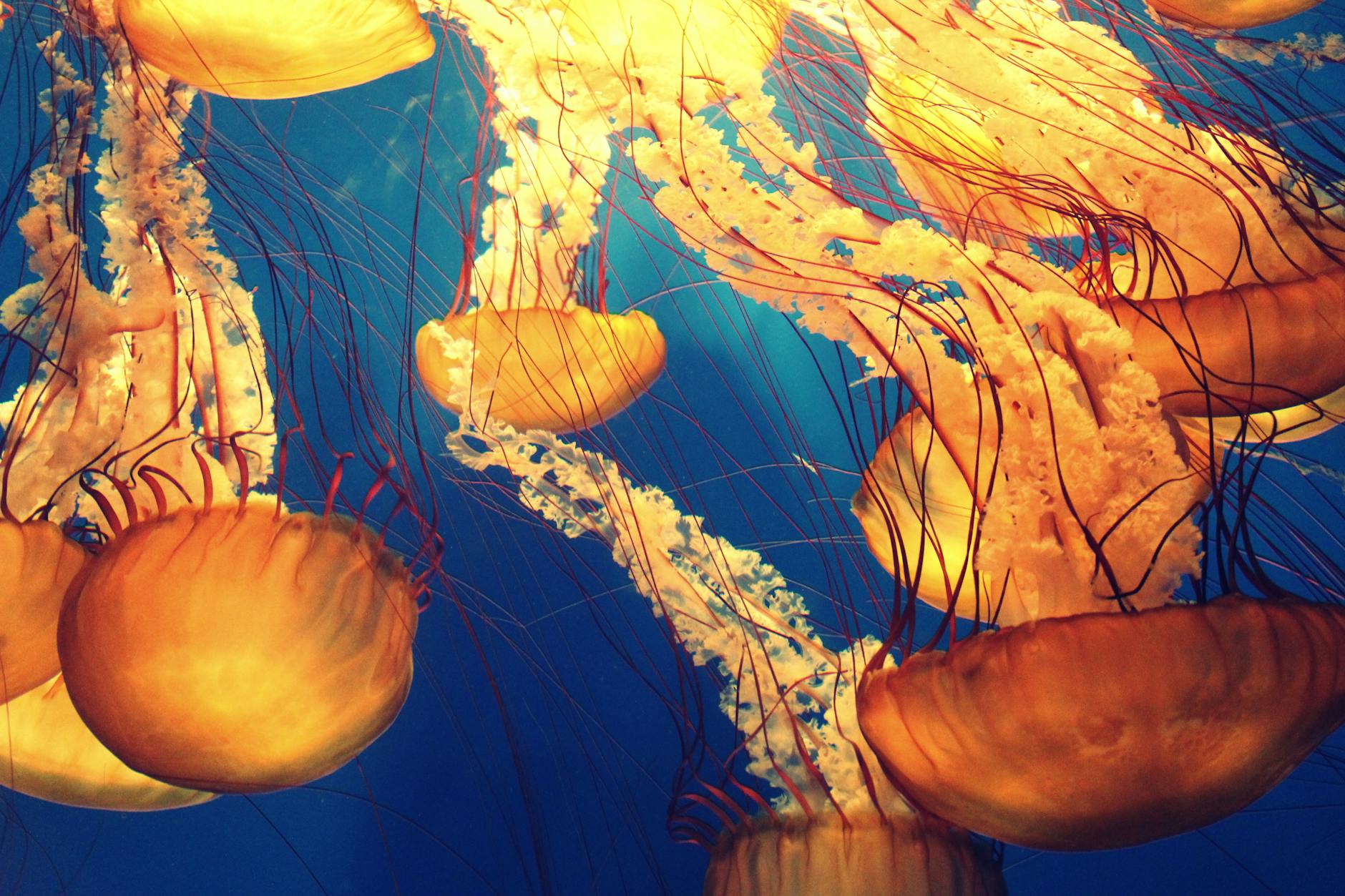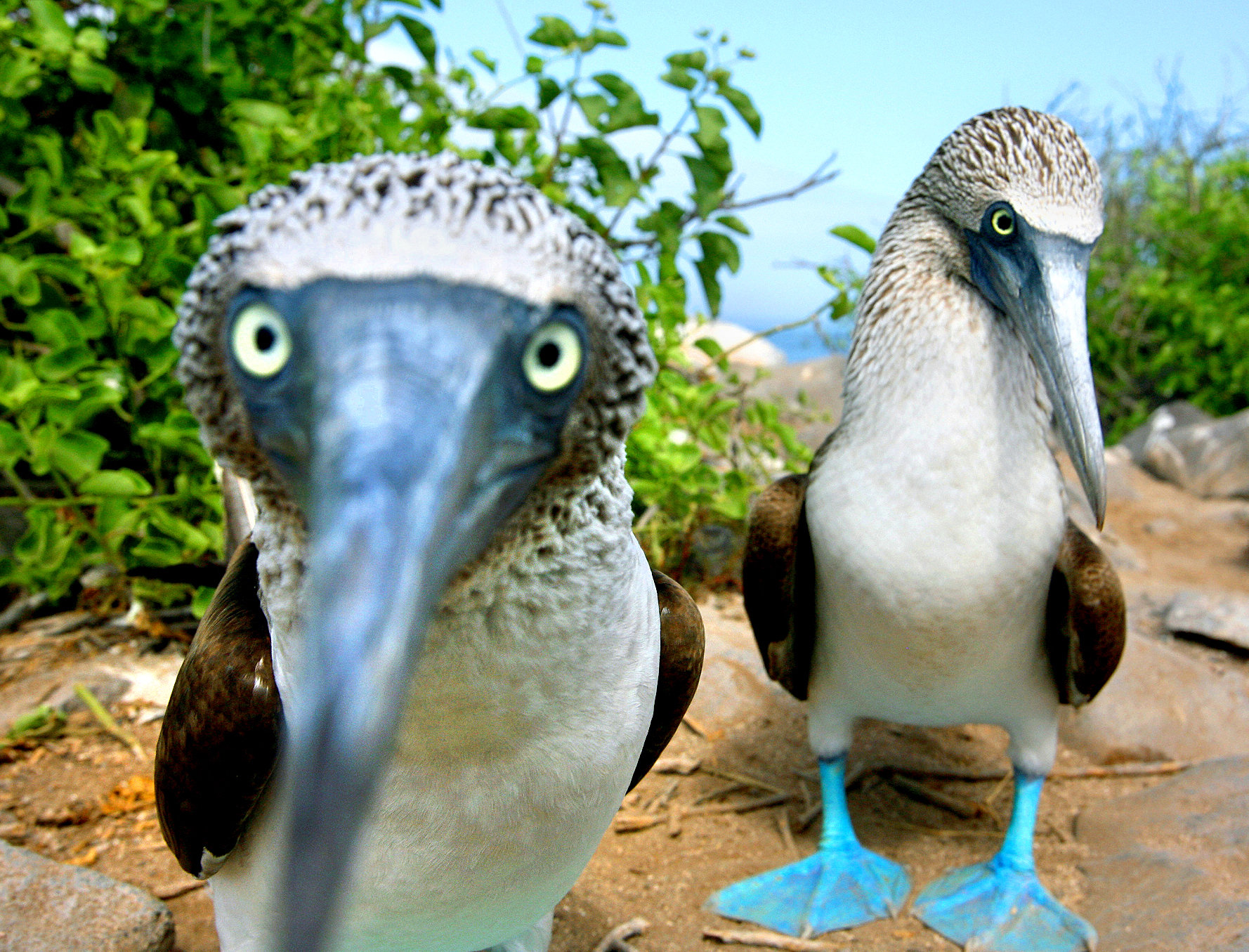
If there’s one bird that truly embodies the quirky charm of the Galapagos Islands, it’s undoubtedly the Blue-Footed Booby. With their striking turquoise feet, comical waddle, and elaborate courtship rituals, these charismatic seabirds are guaranteed to bring a smile to your face and a unique highlight to any visit to the Enchanted Isles.
Those Amazing Blue Feet!
The most distinguishing feature of the Blue-Footed Booby is, of course, their vibrant azure feet. But these aren’t just for show (though they certainly are a showstopper!). The intensity of the blue color is actually an indicator of a bird’s health and diet. The brighter the blue, the healthier the booby, making them more attractive to potential mates. The color comes from carotenoid pigments obtained through their fish-rich diet.
The Dance of Love: A Booby Courtship
Watching a pair of Blue-Footed Boobies engage in their courtship ritual is one of the most endearing spectacles in the animal kingdom. The male initiates the dance, a wonderfully clumsy yet endearing display:
- Sky-Pointing: He points his beak and tail to the sky, letting out a distinctive whistling call.
- Foot-Flashing: He performs a high-stepping strut, meticulously lifting one brilliant blue foot after another, showcasing them to the female.
- Wing Spreading: Both birds may spread their wings, presenting their impressive span and subtle patterns.
- Gift Giving: Sometimes, the male will present the female with a small stick or pebble, a symbolic gesture of nest-building.
It’s a ritual filled with head-bobbing, soft honks, and undeniable charm, designed to strengthen the pair’s bond.
Masters of the Plunge Dive
Beyond their distinctive feet and adorable dances, Blue-Footed Boobies are incredibly skilled hunters. They are renowned for their spectacular plunge-diving technique. Soaring high above the ocean, they scan the water for schools of fish. Once a target is spotted, they fold their wings back tightly against their streamlined bodies and plunge headfirst into the water at speeds up to 60 miles per hour! They can dive to considerable depths to snatch their prey, emerging just as quickly before taking flight again. Their specially adapted nostrils can close to prevent water from entering during these high-impact dives.
A Resident of Coastal Waters
While iconic to the Galapagos, Blue-Footed Boobies are also found along the Pacific coasts of Central and South America. However, the Galapagos population is particularly famous for its accessibility and tameness, offering unparalleled opportunities for close observation. They nest on the ground, often in open areas, which makes it easy for visitors to witness their nesting behaviors, egg incubation, and chick rearing (often resulting in one very fluffy, ungainly chick!).
But, Why Are They Called Boobies?
The name “booby” for these fascinating seabirds comes from the Spanish word “bobo,” which means “stupid,” “foolish,” or “clown.”
This rather unflattering name was given by early European sailors and explorers for a few key reasons:
- Clumsiness on Land: While incredibly graceful and agile in the air and water, boobies can appear quite clumsy and awkward when moving on land due to their large, webbed feet and waddling gait.
- Apparent Fearlessness: In places like the Galapagos where they have no natural land predators, boobies are famously unafraid of humans. They would often land on ships or allow people to approach them very closely, leading sailors to perceive them as “foolish” or “stupid” for not fleeing. This made them very easy to catch, often becoming a food source for the sailors.
- Sleeping Habits: Some accounts suggest they could even be caught while sleeping, further reinforcing the idea of their “foolish” nature.
So, while we now appreciate their unique adaptations and charm, their name is a historical remnant of how early observers perceived their behavior around humans.
A Symbol of Galapagos Wonder
The Blue-Footed Booby is more than just a pretty face and funny name; it’s a living symbol of the unique evolutionary journey that has unfolded in the Galapagos. Their specialized adaptations for hunting, their vibrant signaling for mates, and their surprising approachability make them an unforgettable part of the Galapagos experience. If you’re fortunate enough to visit, keep an eye out for those dancing blue feet – you won’t be disappointed!
More photos below ↓
















Disclaimer: This blog post is for edutainment purposes only and may not be entirely accurate.


